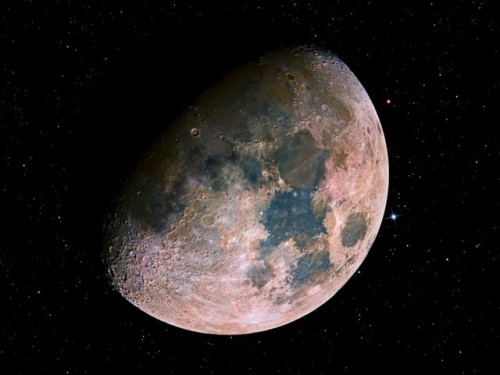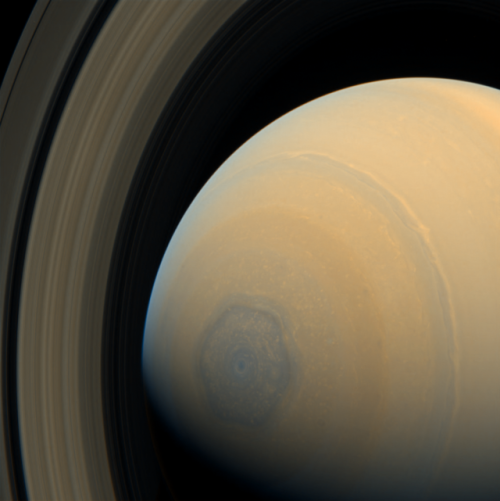Solar System - Sun, Mercury, Venus, Earth, Mars, Jupiter, Saturn, Uranus, Neptune And Pluto
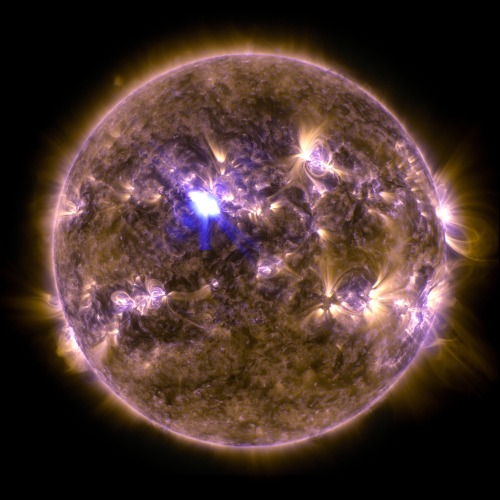

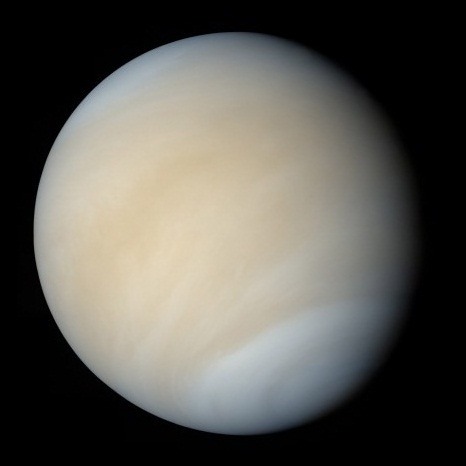
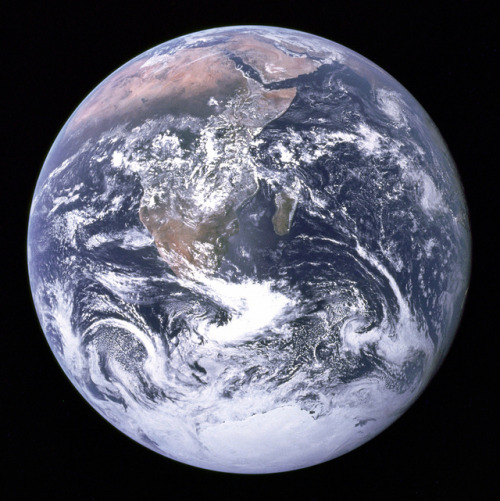
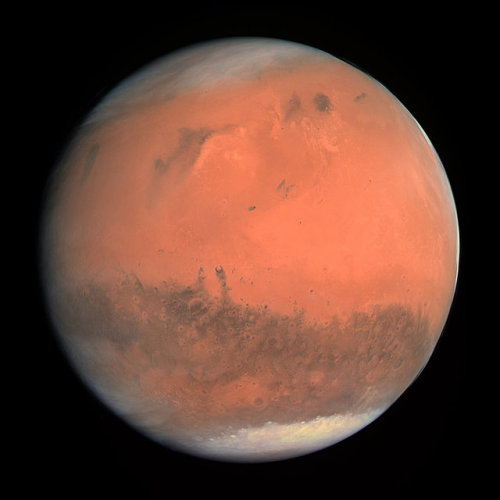
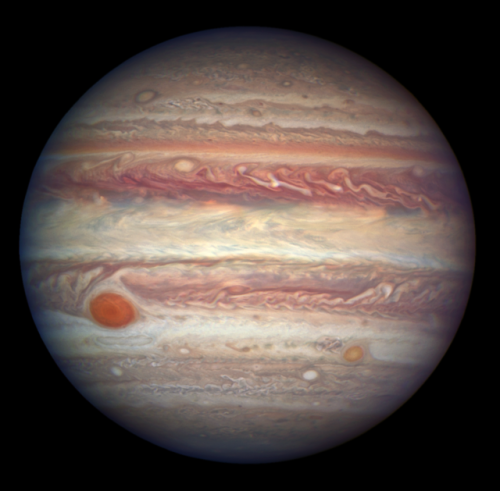

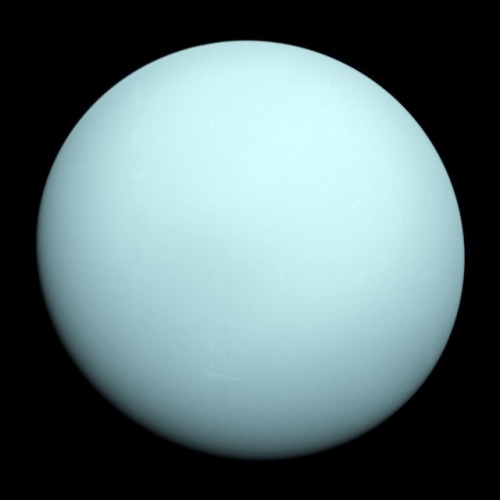
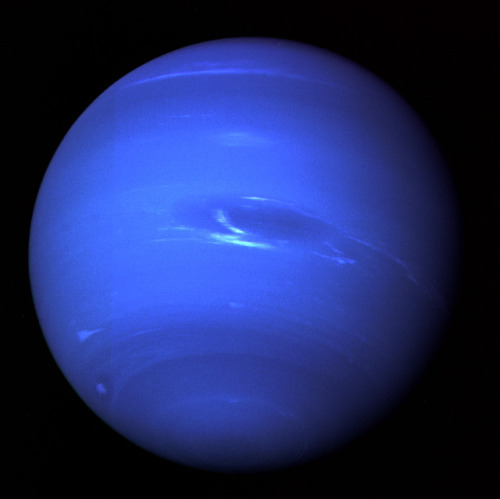
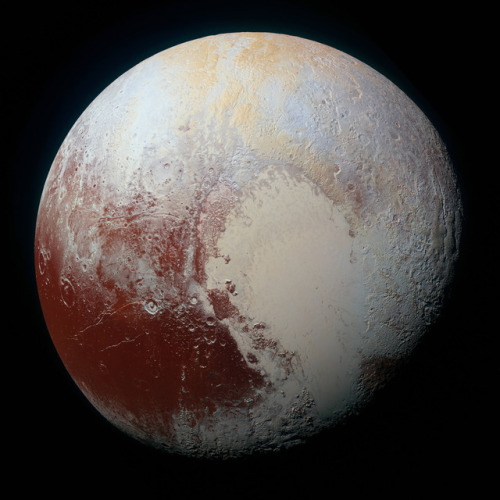
Solar system - Sun, Mercury, Venus, Earth, Mars, Jupiter, Saturn, Uranus, Neptune and Pluto
Credit: NASA, ESA, SDO, Messenger, Mariner 10, Apollo 17, Rosetta, Hubble, Cassini, Voyager 2 & New Horizons
More Posts from Decimatethestars-blog and Others
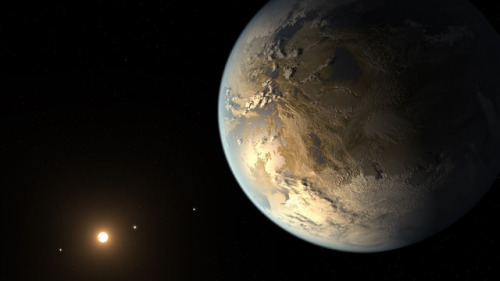
Kepler-186f, the first Earth-size Planet in the Habitable Zone
js

The faint rings of Uranus, shot in 1986, are made of countless fragments of water ice containing radiation-altered organic material.
Credit: NASA/JPL/Michael Benson, Kinetikon Pictures
Boston Dynamics has shown off its new version of SpotMini, but now it’s also catching us up with its bipedal Atlas bot, the most humanoid of its creations. Atlas can now jump from elevated block to elevated block, and do a complete about-face in the air. It can leap pretty high, and also do a backflip – and then celebrate its backflipping ability. –
Look up at the super blue blood full moon Jan. 31 – here's what you'll see and why
by Shannon Schmoll

During the early hours of Jan. 31, there will be a full moon, a total lunar eclipse, a blue moon and a supermoon – all at the same time. None of these things is really all that unusual by itself. What is rare is that they’re happening all together on one day.
Keep reading
Each year we hold a Day of Remembrance. Today, Jan. 25, we pay will tribute to the crews of Apollo 1 and space shuttles Challenger and Columbia, as well as other NASA colleagues who lost their lives while furthering the cause of exploration and discovery.
#NASARemembers
Learn more about the Day of Remembrance HERE.
Make sure to follow us on Tumblr for your regular dose of space: http://nasa.tumblr.com.




Bioluminescent Plankton
Scientists have only recently discovered that this type of plankton glows when they are moved because of stress - ironic when you consider how relaxing the sight of the shimmering waves are in the dark night. Bioluminescence is used as a defence mechanism to draw predators towards the creature trying to eat the plankton. The tiny flashes of light also disorientate and surprise the predator.
These tiny organisms produce light using a chemical called luciferin. The process of creating a bioluminescent light, which is simply light produced within a living creature, differs between organisms. Some need a particular food or another creature for the effect to happen. But this type of plankton, called dinoflagellates, produce luciferin on their own. The light the tiny plankton emit is called ‘cold light’, meaning less than 20% of the light generates heat.
Huge areas of the ocean can become populated by glowing plankton but the effect is especially common in warm-water lagoons that have narrow openings to the sea. This causes the plankton to gather and become trapped, causing the water to turn orange.
Image credit: Will Ho, Kin Cheung, Landscapes Maldives & eyegami
Source: Kuoni
-
 shortwaveradioenthusiast reblogged this · 2 weeks ago
shortwaveradioenthusiast reblogged this · 2 weeks ago -
 fungicult reblogged this · 3 weeks ago
fungicult reblogged this · 3 weeks ago -
 toomanypets liked this · 3 weeks ago
toomanypets liked this · 3 weeks ago -
 bloody-fate reblogged this · 3 weeks ago
bloody-fate reblogged this · 3 weeks ago -
 carlottaragazzaloveeur reblogged this · 3 weeks ago
carlottaragazzaloveeur reblogged this · 3 weeks ago -
 carlottaragazzaloveeur liked this · 3 weeks ago
carlottaragazzaloveeur liked this · 3 weeks ago -
 frequentflake reblogged this · 4 weeks ago
frequentflake reblogged this · 4 weeks ago -
 frequentflake liked this · 4 weeks ago
frequentflake liked this · 4 weeks ago -
 louisdarq reblogged this · 4 weeks ago
louisdarq reblogged this · 4 weeks ago -
 louisdarq liked this · 4 weeks ago
louisdarq liked this · 4 weeks ago -
 thecourtshrieker reblogged this · 4 weeks ago
thecourtshrieker reblogged this · 4 weeks ago -
 officialmelkor reblogged this · 4 weeks ago
officialmelkor reblogged this · 4 weeks ago -
 milwaukeewill reblogged this · 1 month ago
milwaukeewill reblogged this · 1 month ago -
 milwaukeewill liked this · 1 month ago
milwaukeewill liked this · 1 month ago -
 dessin21 liked this · 1 month ago
dessin21 liked this · 1 month ago -
 doctorisley reblogged this · 1 month ago
doctorisley reblogged this · 1 month ago -
 katherineshep-dashboard reblogged this · 1 month ago
katherineshep-dashboard reblogged this · 1 month ago -
 katherineshep liked this · 1 month ago
katherineshep liked this · 1 month ago -
 liminalnomad reblogged this · 1 month ago
liminalnomad reblogged this · 1 month ago -
 rumiva liked this · 1 month ago
rumiva liked this · 1 month ago -
 sad-girl-lost-in-the-dark reblogged this · 1 month ago
sad-girl-lost-in-the-dark reblogged this · 1 month ago -
 i-ncomum reblogged this · 1 month ago
i-ncomum reblogged this · 1 month ago -
 i-ncomum liked this · 1 month ago
i-ncomum liked this · 1 month ago -
 shetillstheearth liked this · 1 month ago
shetillstheearth liked this · 1 month ago -
 doloresthings reblogged this · 1 month ago
doloresthings reblogged this · 1 month ago -
 emberlynsfantacy liked this · 1 month ago
emberlynsfantacy liked this · 1 month ago -
 gravediggerlurch reblogged this · 1 month ago
gravediggerlurch reblogged this · 1 month ago -
 corredorx reblogged this · 1 month ago
corredorx reblogged this · 1 month ago -
 devon-eyes liked this · 1 month ago
devon-eyes liked this · 1 month ago -
 catherinedefrance liked this · 1 month ago
catherinedefrance liked this · 1 month ago -
 vesselsbliss liked this · 1 month ago
vesselsbliss liked this · 1 month ago -
 ghostijones reblogged this · 1 month ago
ghostijones reblogged this · 1 month ago -
 downherewiththedogs liked this · 1 month ago
downherewiththedogs liked this · 1 month ago -
 penguinhi40 liked this · 1 month ago
penguinhi40 liked this · 1 month ago -
 seima-tenshi liked this · 1 month ago
seima-tenshi liked this · 1 month ago -
 interlingualpuns reblogged this · 1 month ago
interlingualpuns reblogged this · 1 month ago -
 queen-alice2 reblogged this · 1 month ago
queen-alice2 reblogged this · 1 month ago -
 lionesserampant reblogged this · 1 month ago
lionesserampant reblogged this · 1 month ago -
 capstartrek reblogged this · 1 month ago
capstartrek reblogged this · 1 month ago -
 kaluun liked this · 1 month ago
kaluun liked this · 1 month ago -
 coldraysofawarmsun liked this · 1 month ago
coldraysofawarmsun liked this · 1 month ago -
 officialmelkor liked this · 1 month ago
officialmelkor liked this · 1 month ago -
 aftershocked reblogged this · 1 month ago
aftershocked reblogged this · 1 month ago -
 aftershocked liked this · 1 month ago
aftershocked liked this · 1 month ago -
 turtlenecksgalore-let-me-innn liked this · 1 month ago
turtlenecksgalore-let-me-innn liked this · 1 month ago -
 raintum liked this · 1 month ago
raintum liked this · 1 month ago
eleon / 18 / they. aspiring astronaut. lover of biology and space.
25 posts
